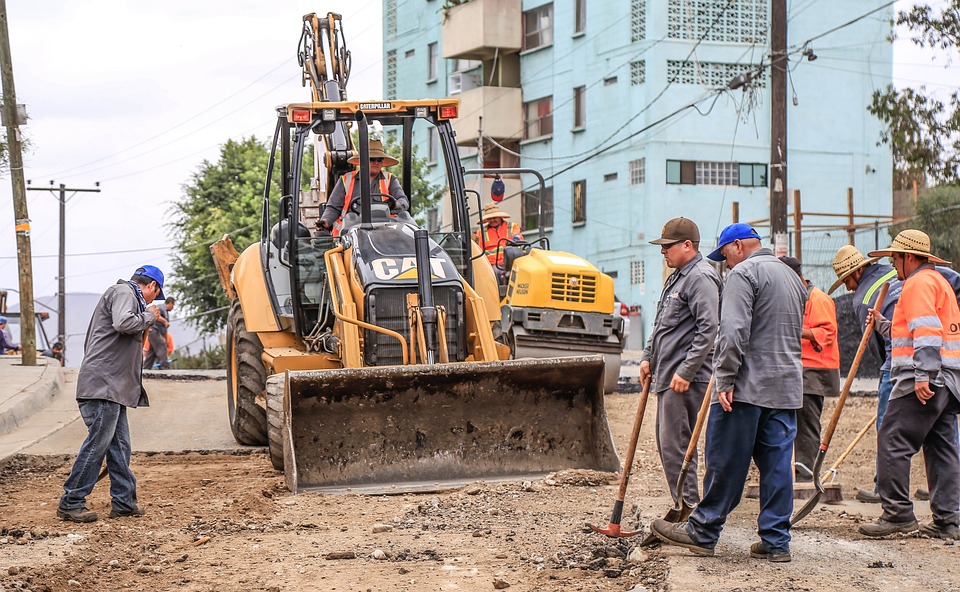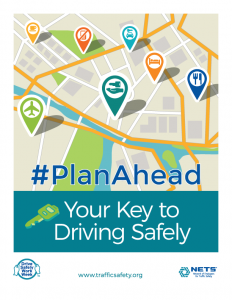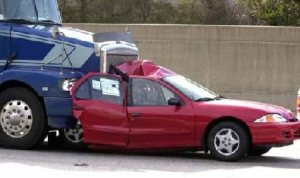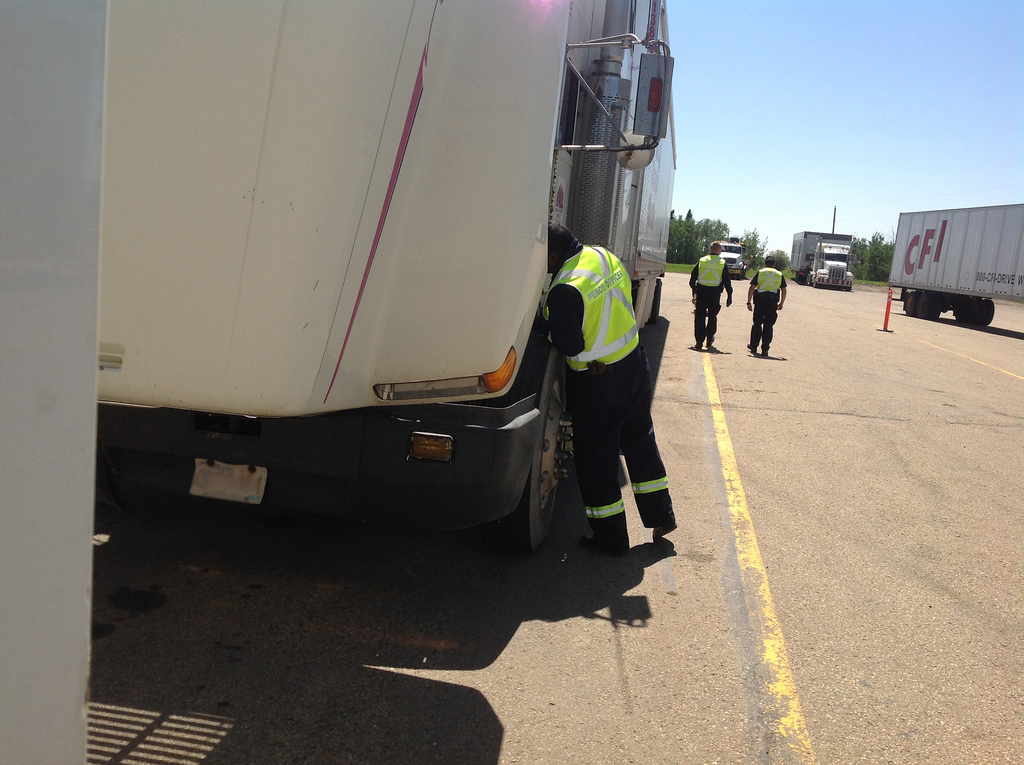 Last June, 5 people including a baby were killed in a truck accident involving a truck carrying mail for the U.S. postal service. Investigation found that the truck driver who didn’t have a valid commercial license, got distracted and slammed into a car as traffic was slowing down. An entire family was killed. The truck was carrying U.S. postal mail and belonged to Caminantes Trucking from Long Beach, California. Caminantes is one of the many truck contractors that USPS hire to carry its mail across the country. Investigation of the accident by the DOT indicates that Caminantes has a history of similar violations over the last 10 years.
Last June, 5 people including a baby were killed in a truck accident involving a truck carrying mail for the U.S. postal service. Investigation found that the truck driver who didn’t have a valid commercial license, got distracted and slammed into a car as traffic was slowing down. An entire family was killed. The truck was carrying U.S. postal mail and belonged to Caminantes Trucking from Long Beach, California. Caminantes is one of the many truck contractors that USPS hire to carry its mail across the country. Investigation of the accident by the DOT indicates that Caminantes has a history of similar violations over the last 10 years.
Five months after the crash, as USPS continued to work with Caminantes, a 9News tv investigation looked back at the accident and at the truck company’s troubled past. The investigation found that the truck driver was travelling at 75 mph when it crashed into the back of the car that had slowed down because of traffic and was moving at only 5mph. 9News also checked the federal records of Caminantes and found out that the company was involved in two other deadly crashes over the past two years. 3 drivers were caught without valid commercial licenses. The company also had several violations for drug and alcohol testing. After the deadly accident that killed the family, the company was fined $21,460 by the Federal Motor Carriers Association but continued to carry the mail for the U.S. Postal service. The driver responsible for the accident was not charged and Caminantes continued to operate as well.
Finally after the tv investigation, USPS announced it was reviewing its contract and relationship with Caminantes and said in February that it would stop to work with the truck contractor.
 Weather conditions pose a serious risk for truck drivers and everyone else on the road. In fact, 21 % of the 5.8 million crashes that occur annually in the US are linked to adverse weather, according to data from the Federal Highway Administration. With such a high percentage of accidents being weather-related, it’s critical that trucking companies and drivers take proactive steps to safeguard themselves and others.
Weather conditions pose a serious risk for truck drivers and everyone else on the road. In fact, 21 % of the 5.8 million crashes that occur annually in the US are linked to adverse weather, according to data from the Federal Highway Administration. With such a high percentage of accidents being weather-related, it’s critical that trucking companies and drivers take proactive steps to safeguard themselves and others. New York Personal Injury Attorneys Blog
New York Personal Injury Attorneys Blog






 1,000 people die in
1,000 people die in 


 Roadside inspections can be effective at reducing the number of
Roadside inspections can be effective at reducing the number of 